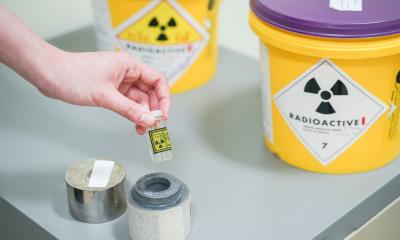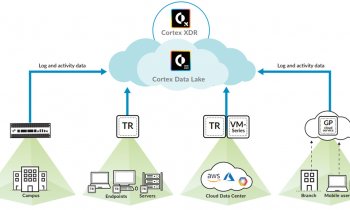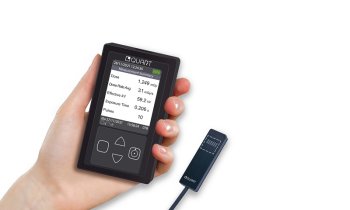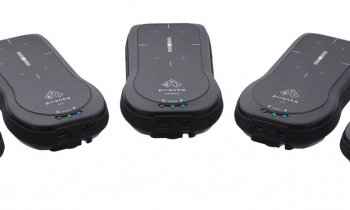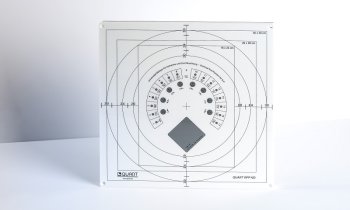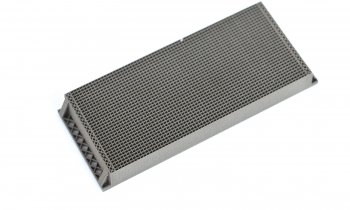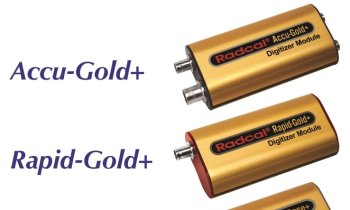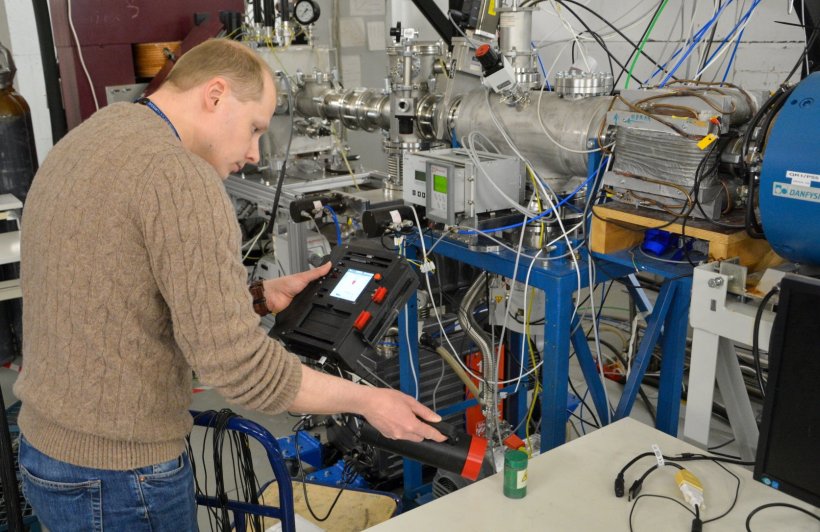
Image source: University of Jyväskylä
News • Multipurpose radionuclide identification device
Handheld detector is a "Swiss Army knife" for radiation safety
The University of Jyväskylä, in collaboration with the Finnish Radiation and Nuclear Safety Authority (STUK), has developed a new type of handheld multi-purpose radiation detector that comprehensively detects all types of ionizing radiation.
The device can be used by industrial and medical radiation users, regulatory authorities, the nuclear energy industry, first responders and military users. The technology has been patented and is currently being explored for commercialization.
The alpha and beta radiation determination capability allows the measurement of radioactive contamination on a variety of surfaces
Ville Bogdanoff
The developed multi-purpose radiation detector can be compared to the Swiss Army knife, which packs a wide range of tools for many different uses into a small package. “The detector has versatile measurement capabilities,” says Principal Advisor Kari Peräjärvi from STUK, who is also a professor of practice in the field of radiation safety research at the University of Jyväskylä. “It enables the generation of comprehensive situational awareness in an unknown situation very quickly, which improves security. The small size and the possibility of various radiation measurements make work in the field easier, especially when it is not necessary to carry several different detectors.”
Ionizing radiation is higher energy radiation that has enough energy to directly or indirectly break an electron away from an atom. There are four types of ionizing radiation:
- alpha radiation consist of helium nuclei,
- beta radiation composed of electrons or positrons,
- electromagnetic X-rays and gamma-rays, and
- neutron radiation.
The new detector detects all these types of radiation. “The alpha and beta radiation determination capability allows the measurement of radioactive contamination on a variety of surfaces,” explains Doctoral Researcher Ville Bogdanoff from the University of Jyväskylä. “It can be used to detect leaking radiation sources or liquid radioactive substances splashed on surfaces. For example, it is possible to check wipe samples under field conditions.”

Image source: University of Jyväskylä
In the case of highly penetrating gamma-rays, the device is capable of detecting and directionally sensing the gamma-ray emitting material. The directional sensing capability is a completely new feature for detectors of this size. The directional sensitivity is particularly useful in unknown situations, during authority inspections or for detecting smuggling attempts of radioactive sources. In addition, the detector can detect the presence of uncharged neutrons directly and indirectly. “The possibility to measure neutron radiation is needed to detect nuclear material containing plutonium,” says Bogdanoff. “It will also allow a more precise characterization of neutron sources.”
The multi-purpose detector uses multilayered Phoswich technology and integrated digital electronics. Phoswich technology combines several different types of scintillation materials optically together. Each scintillation layer acts as an independent radiation detector. “The detector consists of five different types and thicknesses of scintillation layers in a precisely defined order,” says Bogdanoff. “This means that the multipurpose detector has five radiation detectors in one package.”
The Phoswich technology also enables the use of simpler electronics. This makes it possible for the detector to be very compact in size. “The prototype version of the detector weighs less than two kilograms,” says Peräjärvi. “It could even be further lightened and reduced in size by, for example, changing to a silicon photomultiplier.”
The Phoswich technology also allows for a wide range of scalable and modular solutions for different applications. In the future, the Phoswich technology will be used for other types of radiation detectors such as in the backpack-type multipurpose, fixed or relocatable radiation portal monitoring systems and manned or unmanned aerial or ground vehicles. “The University of Jyväskylä and the Finnish Radiation and Nuclear Safety Authority have already applied for a patent for this technology,” says Peräjärvi. “The next step is to find business partners to commercialise the technology. Our wider aim is to develop a more versatile family of radiation detection instruments. Research and development will continue.”
Source: University of Jyväskylä
16.04.2025



